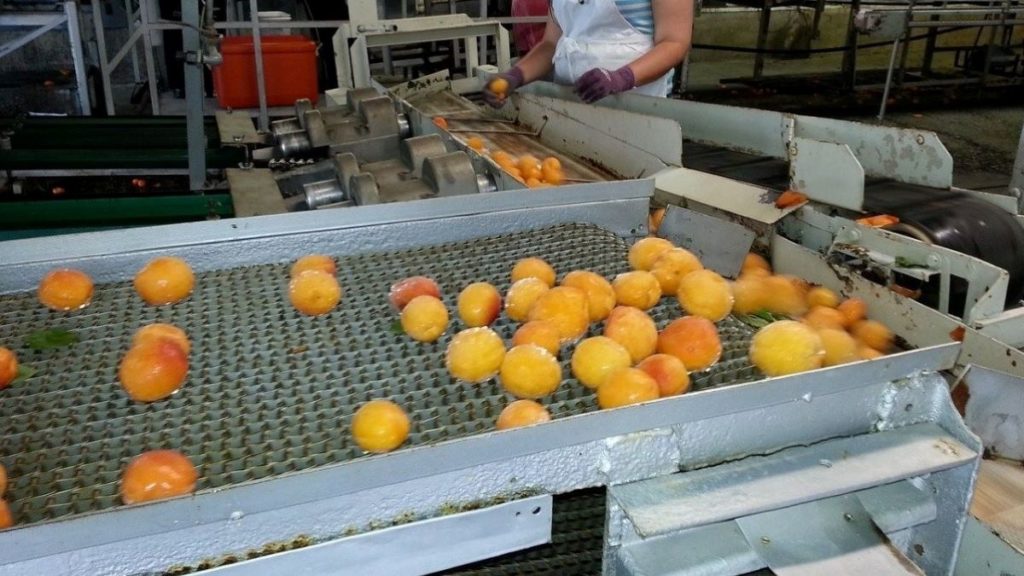Featured image by jaymethunt from Pixabay
Conveyor belts have long been integral in manufacturing, packaging, and distribution facilities. They’re durable and they speed up daily processes. What’s more, they often come with accessories that streamline operations. Simply put, various industries use belt conveyors to move materials from one place to another.
The food industry has long relied on industrial belt conveyors, mini conveyors, and rollers. These systems minimize human contact, reduce material handling, and make the overall food processing routine safer and more efficient. What’s more, in the world of food, conveyor systems come with some distinct advantages.
RELATED ARTICLE: 8 OF THE BIGGEST CHALLENGES FOR THE TRUCKING INDUSTRY IN 2020
1. They Minimize Manual Labor
A fair amount of the food industry deals with handling and processing bulk materials. Mini conveyor belts can help minimize the level of manual labor involved. They can even potentially eliminate manual labor altogether.
Before conveyors were commonplace in the food industry, the process of transporting foodstuffs was slow, energy-intensive, and ineffective. In many industries, the old adage that “time is money” still applies. The food industry is no different. By relying strictly on manual labor, many food businesses run the risk of losing out on productivity. This then turns into financial losses.
The introduction of a conveyor belt or mini conveyor can reduce employment costs and cut down on overall training time. Moreover, it increases the level of automation that is possible in a facility. Automation is particularly appealing to many businesses. This is because a conveyor belt can transport raw materials to a processing area. Then it can also transport packaged goods that are ready for shipment.
Depending on the type of conveyor a business is using, it’s possible for a facility to greatly automate its internal processes, which can lead to vast production gains.
2. Conveyor Belts Reduce Accidents
Between the pulleys, idlers, rollers, and tensioners, mechanical devices have plenty of moving parts. Luckily, with conveyors, employees seldom have to interact with them and employees therefore have less risk because they’re not carrying heavy loads.
Also, modern conveyors carry less risk for mechanical failure and injury. Additionally, due to the increases in labor efficiency, you’ll have less staff manning the facility floor at any given time. Therefore, there are fewer employees to oversee and monitor.
On top of that, employees are most liable to be positioned at the side of the conveyor. Then, they won’t have to directly interact with any of its moving parts unless they must make specific repairs. This is a great way to minimize workplace hazards.
3. Conveyors Increase Food Safety and Quality
When it comes to your food, you probably want products that haven’t been directly handled very much. Especially since many modern grocery products come from factories and facilities, conveyors can help improve overall food safety.
Many newer conveyor systems keep products and foodstuffs free of contaminants by design. For food and beverages, it’s important to keep products dust-free and contamination-free before they go to their final destination.
Ensuring that a facility is clean and free of potential contaminants is a big aspect of FDA and USDA compliance. When a facility violates the governmental regulations they can face fines, legal consequences, and business closures. But with the advancements in conveyor technology, most facilities find it easier to remain in compliance.
Conclusion
Mini conveyors and conveyor belts are integral to the food industry. Their technological advancements are changing how businesses view food production, transportation, and packaging.
Finally, conveyors and rollers are incredibly useful for improving overall efficiency and productivity in the food industry. Items can move from one end of a processing plant to the other quickly, streamlining production.

